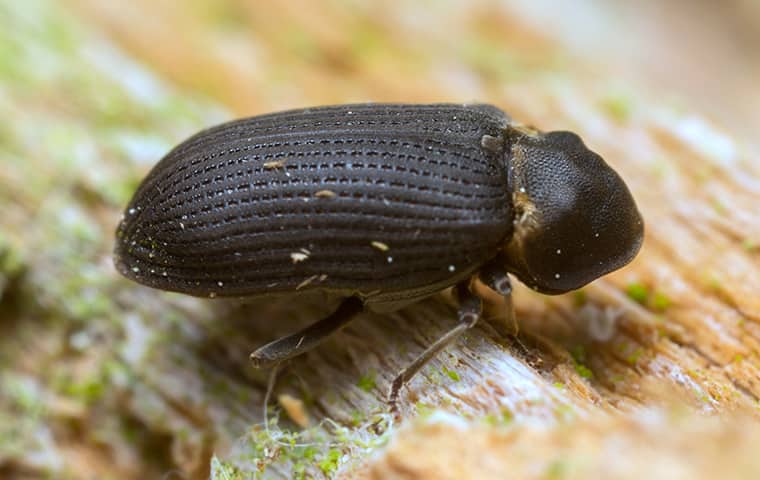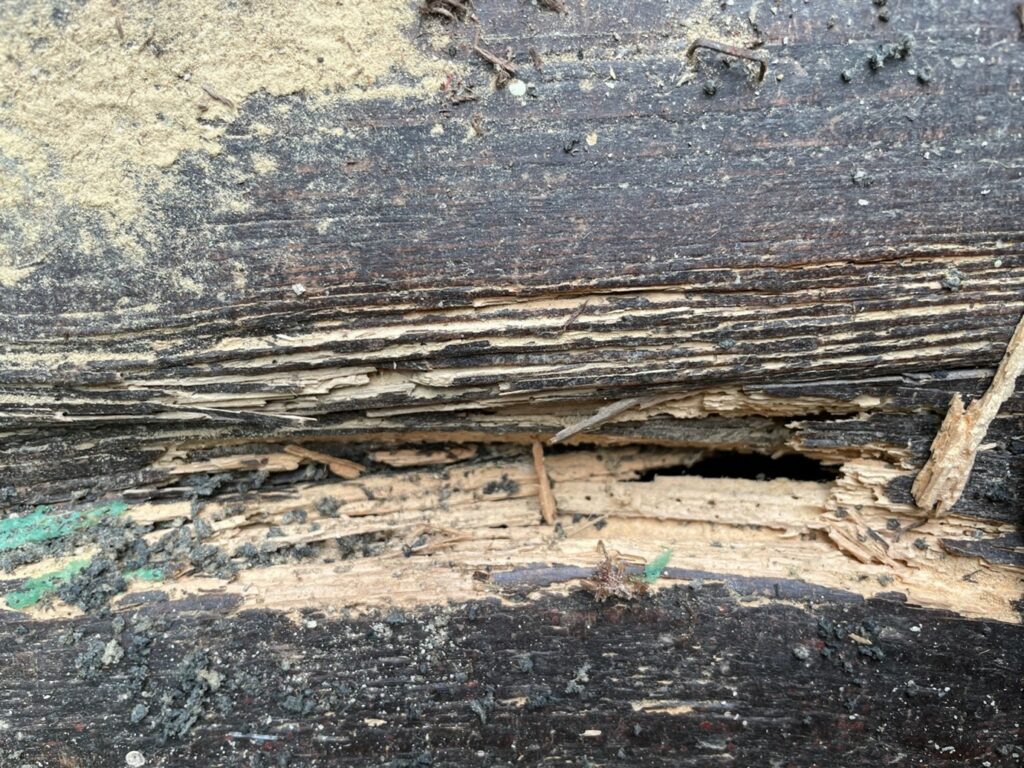
A few weeks ago, I was surveying a 1900’s semi-detached property in need of complete modernisation. I prefer to start my inspections externally first and had noted that the property had low subfloor ventilation which could allow water in. The ventilation had also been restricted by vegetation and raised external ground levels, so before entering the property I was already on high alert for the condition of the ground floor should it still be of suspended timber, which it was.
Whilst I was carrying out my rear elevation inspection, I heard a “Hello” it just happened to be that the client was passing by on their way to visit their third cousin in the next village so they thought they would just call in to check everything was going okay.
I asked the client if they had any particular concerns about the property, to which they replied, “no not really”. I carried on my inspection pointing out a few bits of general maintenance issues which would be required in the near future, then carried on with the rest of my survey inspection. The next-door neighbours just happened to be in the rear garden whilst I was carrying out my inspection and started talking with the client. During this time, I took the opportunity to carry on my inspection internally without disrupting their conversation.
Straight away I noticed how springy the ground floor was on my initial walk around of the property making notes of the limitations. It was at this point that I decided to call the estate agents to try and get permission to lift some of the floor coverings up to get a better inspection of the suspended timber floors. This cannot always be done unfortunately and is why in many inspections we must recommend further investigation. As already stated, the property was in need of a full modernisation and I was fairly sure the brown, stained pattered carpet in the living and dining room was not included in the period feature listed in the sales brochure! The agents called me back to say the vendor was happy for me to pull some of the floor covering back.
On pulling back the carpet in the rear living room, exit holes and frass were visible which was enough evidence for us to say that the property had active wood-boring insects. The insects which cause problems for timber used in buildings are often referred to as ‘woodworm’, but they are not worms and in fact, most can fly. The insects most commonly encountered in timber (and which cause the damage) are beetles. The insects use the wood as a food source as well as a habitat, and as they munch their way through the nutritious cellulose, their boreholes have the potential to eventually destabilise the wood by hollowing out its insides, and this is what appeared to be happening in this property.

We suspect the type of beetle was a common furniture beetle due to the size and density of the exit holes and according to the BRE Table 15.2 a treatment remedy would be cream, and granular, lemon shaped pellets. However, we have recommended further investigation by a PCA timber treatment specialist to determine the full extent of the damage and the best remedy.
Treated timbers are now available to use and therefore we strongly recommend using the correct grade of timber for the appropriate application.
For further information please see ‘The Wood Protection Association’.
www.thewpa.org.uk
By Tom Barnes – AssocRICS



